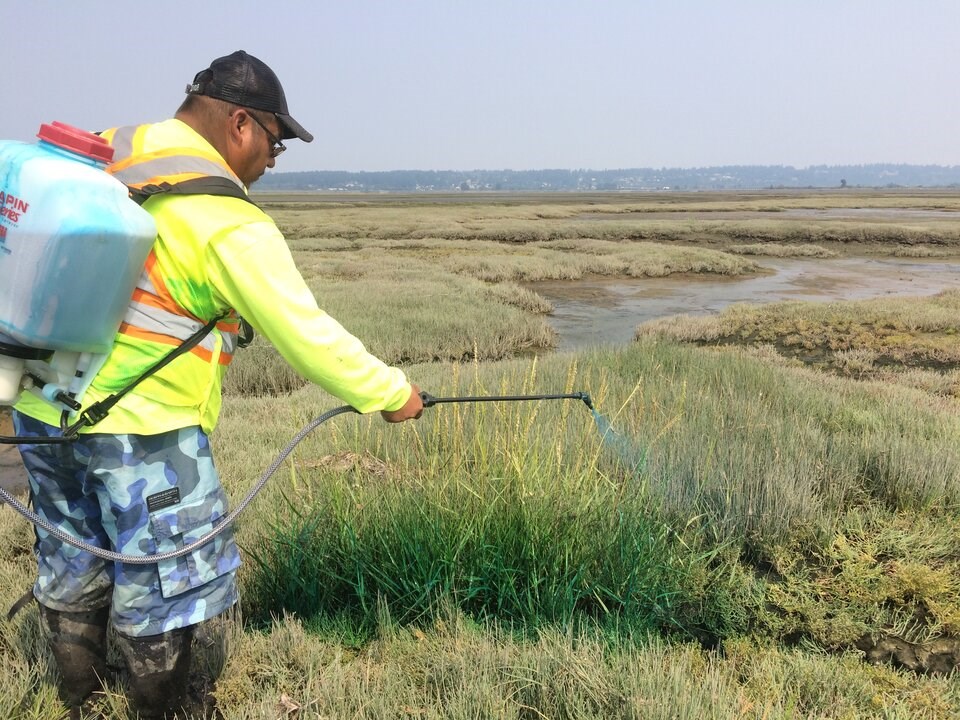British Columbia is facing a cordgrass invasion.
Native to Europe and the east coast of North America, the salt marsh-dwelling plant also known as spartina was first discovered in the province in 2003 growing in the mud flats of Delta. Since then, three cordgrass species — spartina anglica, densiflora and patens — have grown to cover hundreds of hectares of intertidal marshland across Metro Vancouver, one of the continent’s most important stop-over sites for migrating waterfowl.
“Spartina is like enemy number one,” said Matt Christensen, head of conservation programs at Ducks Unlimited Canada.
“It’s right up there with the European green crab — highly invasive dangerous species that will completely alter what the coastal ecology looks like in B.C.”
Metro Vancouver's wetlands remain the most important stop-over site for migrating birds in Western Canada — their importance made even more acute at a time when 100 species of birds across the region are facing less than a 50 per cent chance of survival over the long run, according to Birds Canada’s James Casey, a Fraser River estuary specialist.
Salt marshes are also particularly good at sucking up large quantities of carbon dioxide from the atmosphere. When the native plants of a salt marsh die, they get buried in the muck; their carbon-filled roots and stems lock into the muddy layers.
But the ability to carry out all those functions rests on maintaining a balanced ecosystem of native flora and fauna.
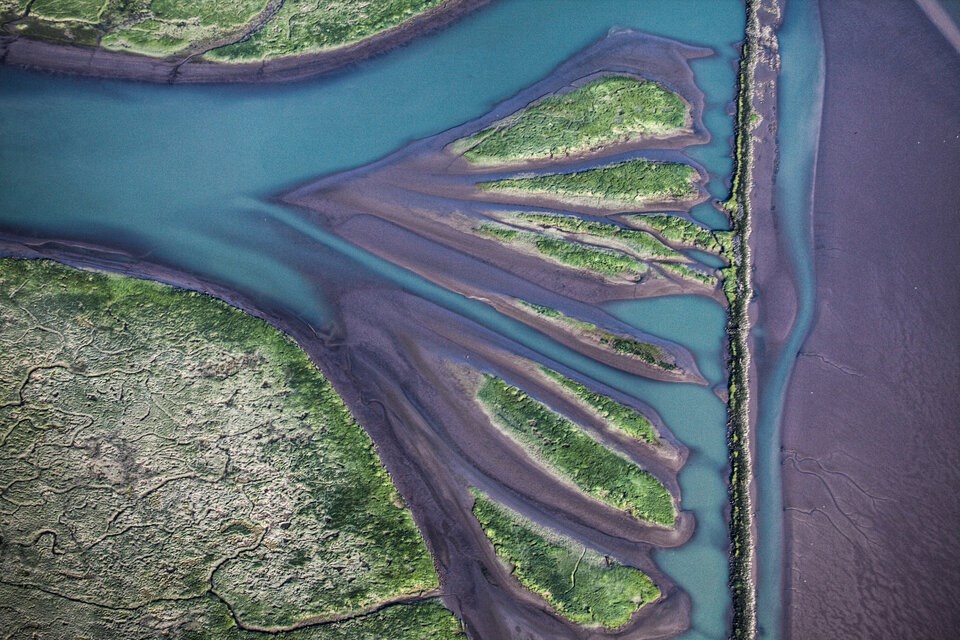
Spartina colonies have been found spreading its seeds or cloning itself in habitats stretching from muddy beds of native eelgrass all the way up to the dike protecting municipalities. Left unchecked, the grass morphs into giant meadows that re-engineer the local ecosystem. When spartina flourishes, food that was once there disappears.
“If we didn't do anything, those would basically look like one large farm field or grass,” said Christensen. “All of that habitat would be displaced.”
Much of what would disappear on the mud flats is rarely perceived by humans. Spartina crowds out a naturally occurring biofilm vital to the health of Western sandpipers. In other cases, they crowd out native plants, or invertebrates like mud worms and clams that other migrating birds count on to keep going.
“Those birds would have to move to Puget Sound or elsewhere on the coast,” said Christensen.
Too much mud could lead to floods
What's left of the Fraser River delta’s 17,000 hectares of wetlands has been slowly eroded through the combined effects of shoreline development and a lack of new silt and clay coming down the Fraser River. Only remnants of a vast estuary ecosystem that emerged at the end of the last ice age remain. And as sea levels rise, they could get increasingly swallowed up.
Ducks Unlimited has led a number of recent projects to shore up coastal marshlands. One project this year began removing woody debris to allow native plants to flourish; another used a mechanical dredger to rebuild mud flats.
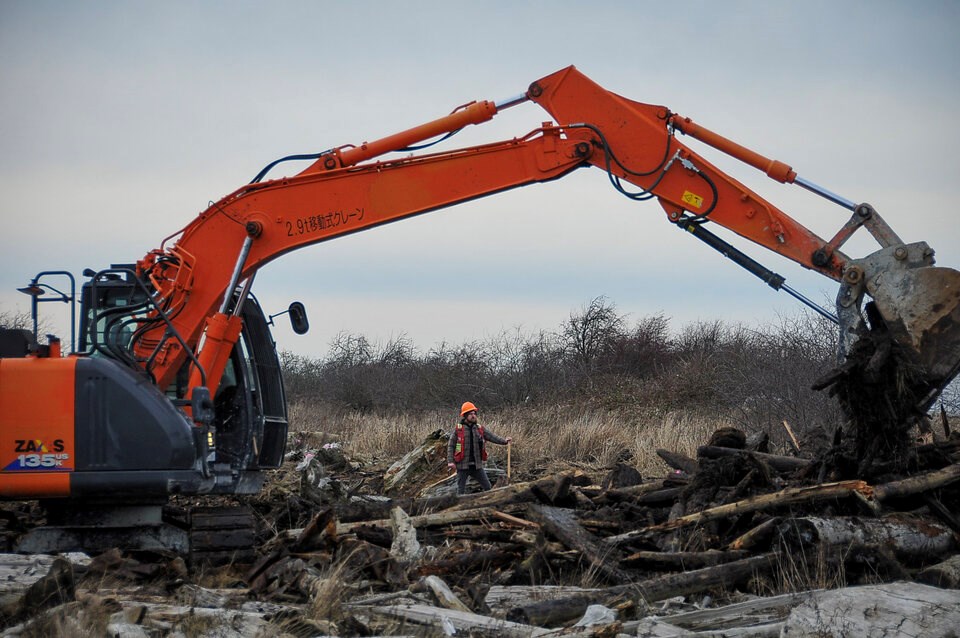
The spartina invasion works in the opposite direction with equally worrying effects. As the plants colonize a mud flat, the grassy meadows slow down water, allowing more sediment in the water column to settle and create thick mud flats.
“That can result in that mud flat being higher, which means the dikes aren't high enough to protect from waves or sea level rise,” said Christensen. “That can have huge impacts for flooding and flood mitigation.”
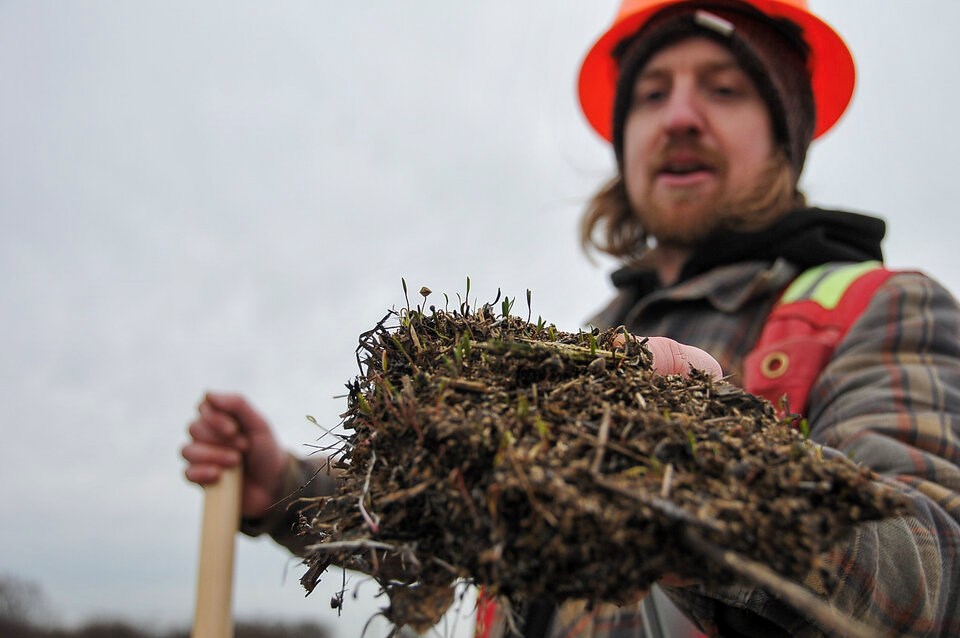
Habitat-transforming grass? There's an app for that
The Fraser delta isn’t the only place spartina has landed as an invasive species. It now spans from San Francisco Bay to Comox on Vancouver Island. As spartina’s range grew, Christensen said efforts to eradicate the plant have accelerated.
“We saw this expansion become more and more prominent and become more and more of a threat,” he said. “And so we started tracking things more rigorously through annual monitoring and mapping.”
Early efforts to control spartina were made with a “piece-meal” budget from the provincial government, and Christensen and his colleagues at the B.C. spartina working group struggled to track the spiky grass.
Community members have stepped up on a number of occasions to help find and eliminate spartina. Originally, the volunteers would use Global Position Satellite (GPS) units and then compile the data into a database. The work was incredibly time consuming, says Christensen.
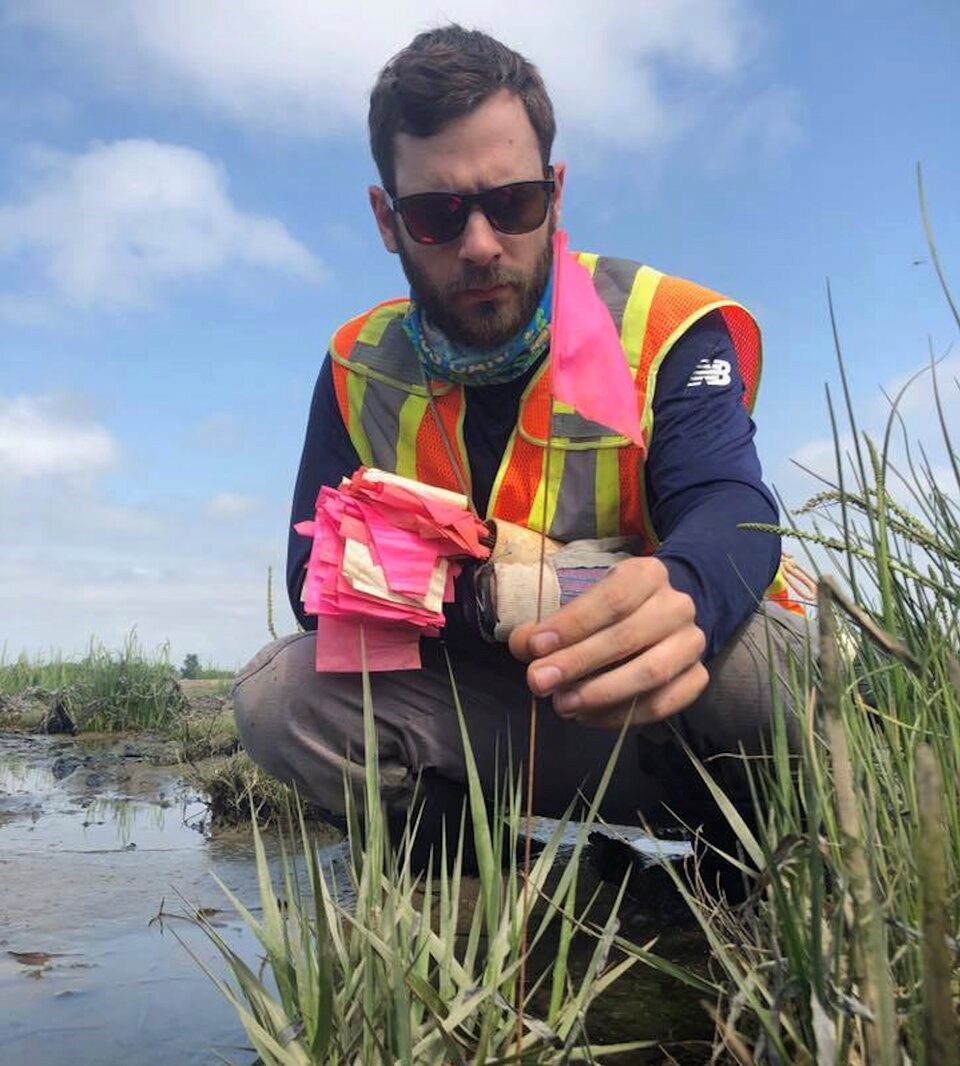
But this summer, a new digital application is changing how they chart spartina's spread — and if Christensen has his way — eventual eradication.
With funding from the B.C. government, Ducks Unlimited Canada worked with the BC Conservation Foundation to develop a custom application to map and classify the invasive plant (either a single plant or cluster) around Roberts Bank and Boundary Bay in Delta.
Tromping through the mud flats, any volunteer who downloads the app can mark off where they find a clump of spartina. From there, they’ll drop a pink flag in the sand so contractors can come back later and either dig up the invasive colonies or apply a diluted herbicide to them.
“What this app does is it provides us real-time data basically at the end of every day,” said Christensen. “So it basically enables us to better track populations, where we're making progress, and where we need to mobilize sooner.”
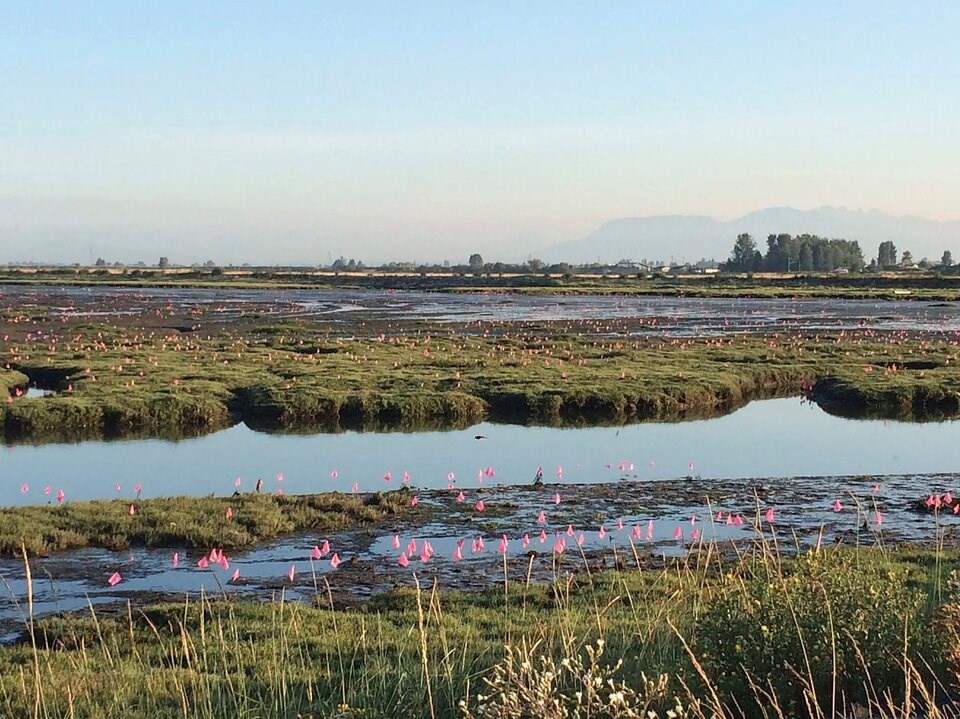
B.C. playing catch-up
Similar programs to eradicate invasive spartina have already found success and leapt ahead in Washington State. In 2003, there were about 9,000 acres of spartina across the state; by 2022, eradication efforts had brought it down to about two acres.
A decade ago, 300 hectares of B.C. marshland faced a spartina invasion. Eradication efforts have since lowered that figure closer to 100 hectares — a sign of progress for the province, said Christensen, but still far behind its U.S. counterpart.
He said Washington has been “really putting the heat on” the province so it doesn’t re-invade previously cleared shoreline.
By measuring headway, the conservation scientist says the app will play a crucial role in keeping spartina monitoring and eradication programs going.
“Every time the funding dips, we see the population increase. So having that kind of data is really, really powerful,” Christensen said.
